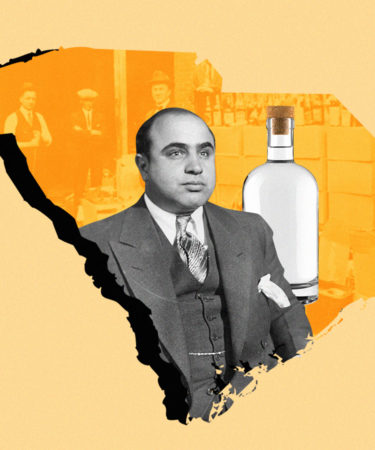In South Carolina, a team of archaeologists unearthed remnants of a liquor still they believe belonged to Benjamin Villeponteaux. Together, he and Al Capone ran moonshine out of South Carolina during Prohibition.
In 1933, when Prohibition ended, South Carolina retained one of the highest state taxes on liquor — $4 a gallon — and became one of the nation’s largest producers of illegal spirits. Despite a lack of written evidence, Benjamin Villeponteaux is remembered as one of the leading moonshine producers in his area, according to The Post and Courier.
A number of stills have been found near Villeponteaux’s stations in the Francis Marion National Forest, most of which are believed to have been used even after he passed.
The larger investigation is being led by Katherine Parker, a PHD candidate at the University of Tennessee. Parker’s research revolves around the moonshining community in “Lowcountry” South Carolina, where she has led digs and unearthed several stills.
She insists that while many archeologists write the area off as too recent to explore, the lack of documentary evidence makes it a region worth surveying. In this recent discovery, Parker’s team found a metal barrel, garden hose, and cinder blocks that could be traced back to the 1920s.
So far, no forgotten bottles of moonshine have been discovered at the site, but judging by the rudimentary distilling setup, that’s probably a good thing.
